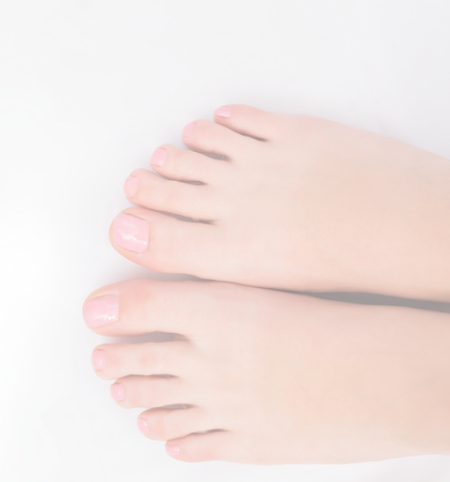Onychodystrophy
Onychodystrophy is defined as damage to the nail structures and can be temporary or permanent in nature. It can be physically painful and socially embarrassing. Onychodystrophy represents various pathologic processes of the nails such as infectious and noninfectious disorders. Nail changes may also be a clue to other dermatological or systemic diseases such as chronic heart, lung, liver, or kidney disease. The thickness of nail plates is normally 0.5mm.
Possible underlying diseases of onychodystrophy
- congenital nail diseases
- onychomycosis
- other infections of the nail apparatus (e.g. bacterial paronychia, herpes infections, scabies)
- other skin diseases involving the nail unit (e.g. psoriasis, eczema, lichen planus)
- tumors including benign (e.g. warts, digital mucoid cysts, subungual exostosis, glomus tumor) and malignant neoplasms (e.g. squamous cell carcinoma, basal cell carcinoma, malignant melanoma)
- internal diseases (e.g. chronic heart and lung diseases, hepatocirrhosis, nephritic syndrome) drug reactions (e.g. antimicrobial and antineoplastic chemotherapeutics)
Onychomycosis and nail psoriasis cause onychodystrophy most often.
Are you suffering from this condition? At The Chelsea Clinic, we can help. One of our podiatrist can assist and then recommend what treatments are best to get you back on track. Podiatrist South Kensington
Schedule an appointment here or you may call us at +44 (0) 207 101 4000.
We hope you have a feetastic day!
-The Chelsea Clinic and Team




